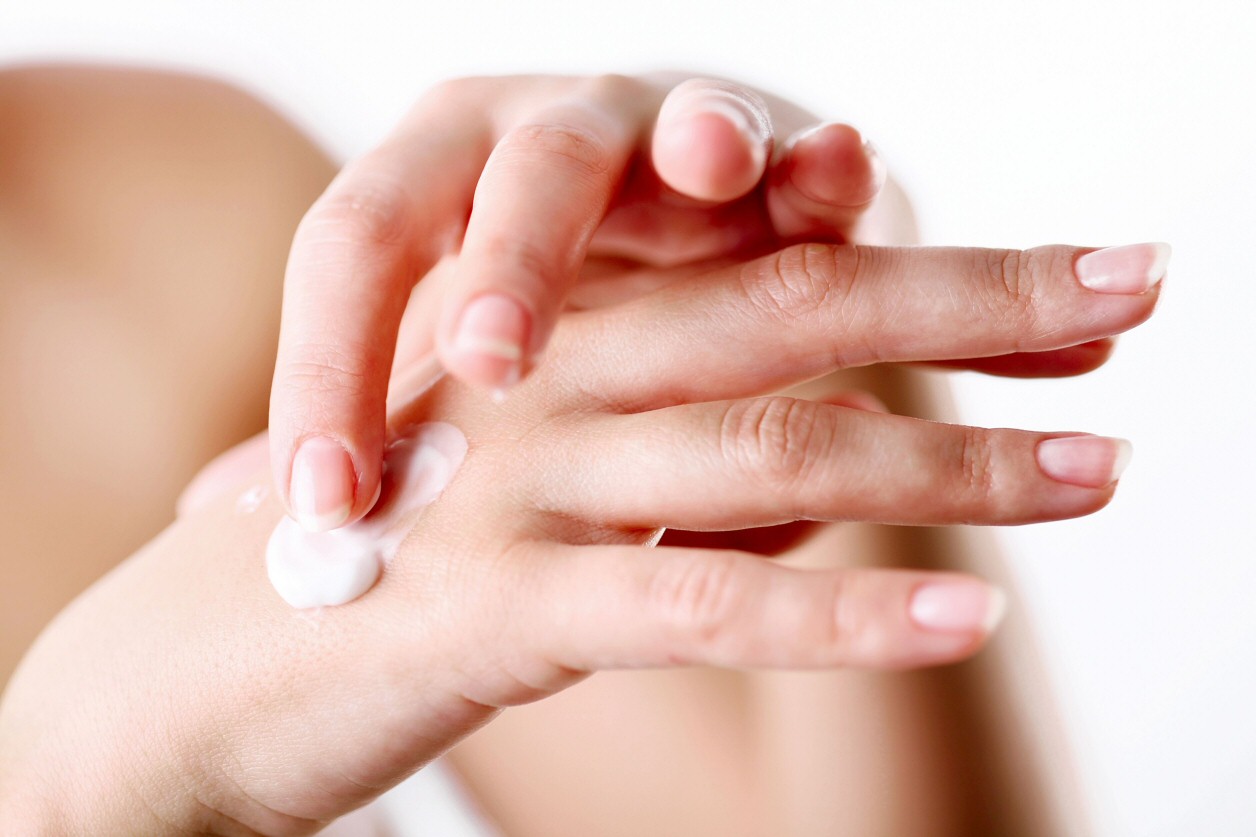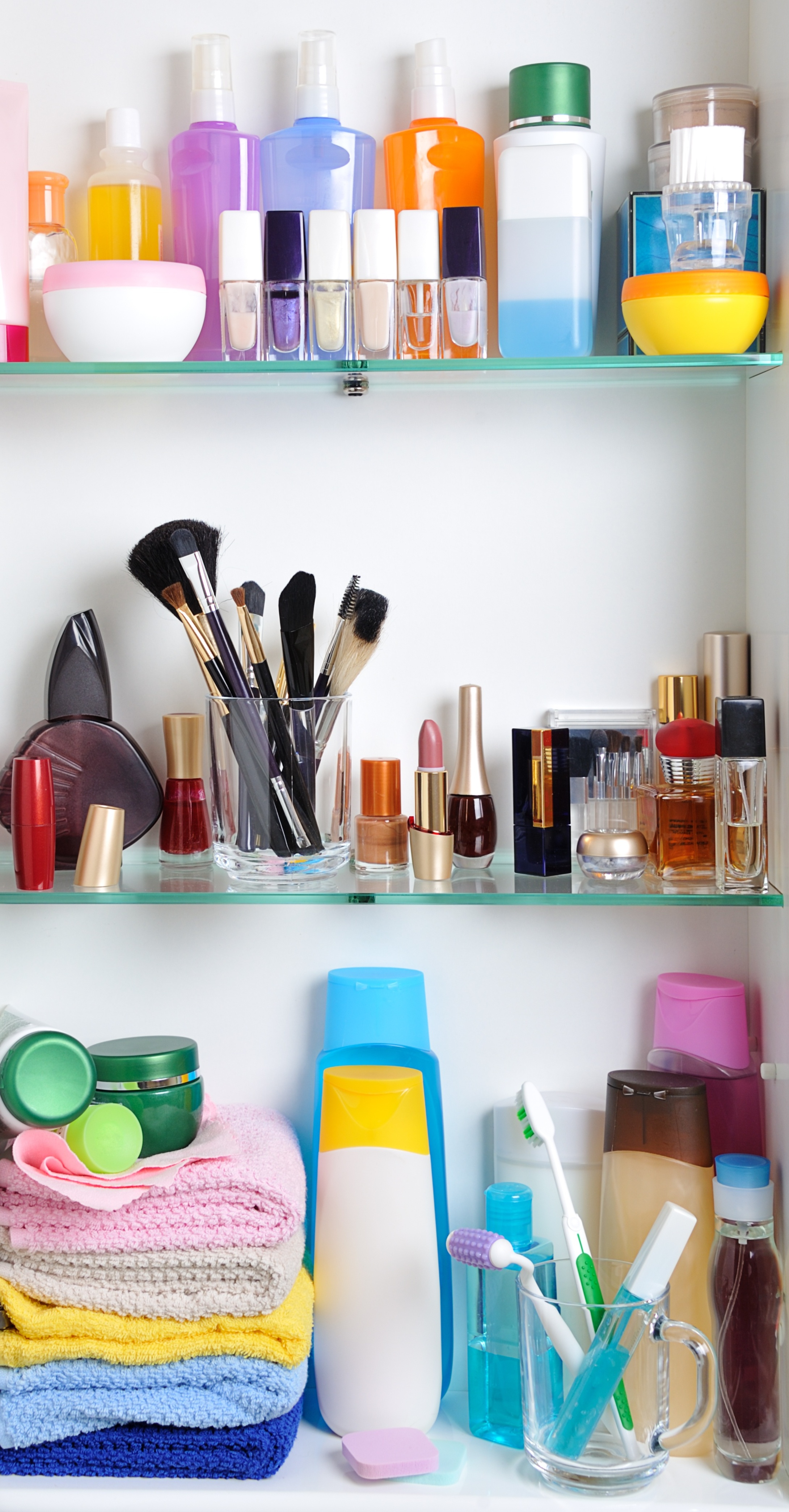You may have read media articles based on a new report by the NGO Plastic Soup Foundation, which claims that almost 9 in 10 products from major cosmetics brands contain microplastics, which could be harmful for our health and the environment. CTPA understands that this claim could cause concern.
However, here, we look more closely at the detail of the report and find that for the ingredients in question, many are not plastic, they are not harmful and they are essential to ensure that our cosmetics and personal care products keep us clean, hygienic and support our wellbeing every single day.
Biodegradable and liquid ingredients are not plastic
 As confirmed in the press release accompanying the report, these ingredients found in 9 in 10 products include liquids, ingredients which dissolve in water and ingredients which are biodegradable, meaning that they break down in the environment. Therefore, they are not plastic particles and they are not harmful for health or the environment.
As confirmed in the press release accompanying the report, these ingredients found in 9 in 10 products include liquids, ingredients which dissolve in water and ingredients which are biodegradable, meaning that they break down in the environment. Therefore, they are not plastic particles and they are not harmful for health or the environment.
The one feature that the substances all share is that they are polymers. A polymer is a word describing a chemical made from a long chain of repeated building blocks. There is a vast number and variety of polymers, including natural, man-made, plastic and non-plastic. Examples of natural polymers include our fingernails and toenails, starch and DNA. A huge range of man-made items that are not plastic contain polymers; for example, ink, drug delivery systems in medicine, and bullet-proof vests. Then, there are plastic polymers, such as plastic bottles and disposable face masks.
Polymers that are not classified as plastics or associated with plastic pollution, but have vitally important qualities for cosmetics and personal care products, should continue to be able to be used so that we can still all benefit from those products.
Polymers are essential for our cosmetics and personal care products to work
Polymers in their many forms including solids, liquids and waxes play an essential role in virtually all cosmetic product categories. This includes suncare, toothpaste, deodorant, make-up, shampoo, shaving products and many more. They are irreplaceable.
Some examples of the essential nature of non-plastic polymer ingredients includes binding toothpaste to ensure it is the correct consistency to be able to be used and to keep our teeth and gums healthy. Polymers boost the effectiveness of UV filters in sunscreens, allowing a texture which is non-greasy and can be applied evenly, to ensure protection from damaging UV rays. They are a vital part how make-up works; for example, increasing the spreadability of products such as foundation and other colour cosmetics, giving a long-wearing finish with an even colour result.
Polymer ingredients are safe, effective and essential for the cosmetics and personal care products we all use every day.
All cosmetic ingredients, including polymers, have been assessed as safe for our health
 The report implies that this vast category of polymer ingredients could pose a risk to our health, despite the fact each individual ingredient has completely different properties. This is not the case. All ingredients used in cosmetics and personal care products must be safe, and this is ensured by strict EU and UK law. In the UK, this is governed by the Product Safety and Metrology Regulations (Schedule 34) 2020, otherwise known as the UK Cosmetics Regulation. One of the many safety provisions of this law is the legal requirement for each cosmetic product to have a safety assessment before it is allowed to be sold. This looks in detail at all ingredients, including ensuring no risk from absorption through the skin into the body, and ensures the ingredients and the finished product are safe.
The report implies that this vast category of polymer ingredients could pose a risk to our health, despite the fact each individual ingredient has completely different properties. This is not the case. All ingredients used in cosmetics and personal care products must be safe, and this is ensured by strict EU and UK law. In the UK, this is governed by the Product Safety and Metrology Regulations (Schedule 34) 2020, otherwise known as the UK Cosmetics Regulation. One of the many safety provisions of this law is the legal requirement for each cosmetic product to have a safety assessment before it is allowed to be sold. This looks in detail at all ingredients, including ensuring no risk from absorption through the skin into the body, and ensures the ingredients and the finished product are safe.
Ingredients are regularly reviewed by independent scientists and if an ingredient was ever found to be unsafe as it is used in a cosmetic product, it would be banned.
Why is the EU developing a ban on solid, synthetic polymers in cosmetics?
Under its chemicals law, the REACH Regulation, the European Chemicals Agency (ECHA) is developing a ban on specific polymers in cosmetic products which are solid, man-made and do not break down in the environment. The reason for this ban is because these ingredients are likely to remain in the environment for a long time. The ban is based on environmental persistence, rather than that the ingredients have been proven to cause harm in the environment. It is important to note that just because something can be detected in the environment does not necessarily mean it will cause harm. For example, sand and human hair are also environmentally persistent.
ECHA’s ban includes the most extensive investigation of the definition of microplastics ever undertaken by a regulatory authority anywhere in the world. ECHA takes the view that persistency concerns relate to solid, non-degradable particles and therefore liquid, soluble and biodegradable ingredients are not included in the ban because they do not share the concerns.
Cosmetics industry’s environmental responsibilities
 The cosmetics industry takes not only its safety responsibilities very seriously but also its environmental obligations. On biodegradation, companies use internationally standardised test methods if proving whether their ingredients break down in the environment. These methods have been developed as a collaborative effort by expert environmental scientists from industry, regulatory authorities and academia. Companies won’t just do one test, but will follow a defined and stringent process to make sure that the tests are relevant to real-life conditions.
The cosmetics industry takes not only its safety responsibilities very seriously but also its environmental obligations. On biodegradation, companies use internationally standardised test methods if proving whether their ingredients break down in the environment. These methods have been developed as a collaborative effort by expert environmental scientists from industry, regulatory authorities and academia. Companies won’t just do one test, but will follow a defined and stringent process to make sure that the tests are relevant to real-life conditions.
The cosmetics industry works together at a global level, and with other partners, to further research in environmental science. As just one example, by joining forces with other industries, academics and governments in developing best practice for polymer safety assessment1. Outputs are shared in technical reports and presented at academic conferences, with the ultimate aim of being shared widely as best practice across many companies and industries.
Action on evidence
No evidence has been found which concludes that polymers in cosmetics pose a risk of harm to the environment. When evidence is identified, the cosmetics industry takes swift action, as demonstrated by the voluntary phase-out of plastic microbeads by the UK and EU industry which began in 2015.
Plastic microbeads in wash-off personal care products, which would go directly down the drain, were removed proactively from products to stop them entering the aquatic environment. Industry’s voluntary action was followed by a ban in UK law four years later.
The UK cosmetics industry supports this ban because it is science-based and proportionate. The claims made against other cosmetic ingredients in the Plastic Soup Foundation report are not based on sound science. Losing these ingredients will have no impact whatsoever on the environment whilst ensuring that the performance and choice of our cosmetics and personal care products is greatly reduced.
Read more about cosmetic safety, microplastics and best practice environmental safety assessments conducted by industry.
1ECETOC. Assessing the human health and environmental safety of polymers. Accessed 07.04.22.

